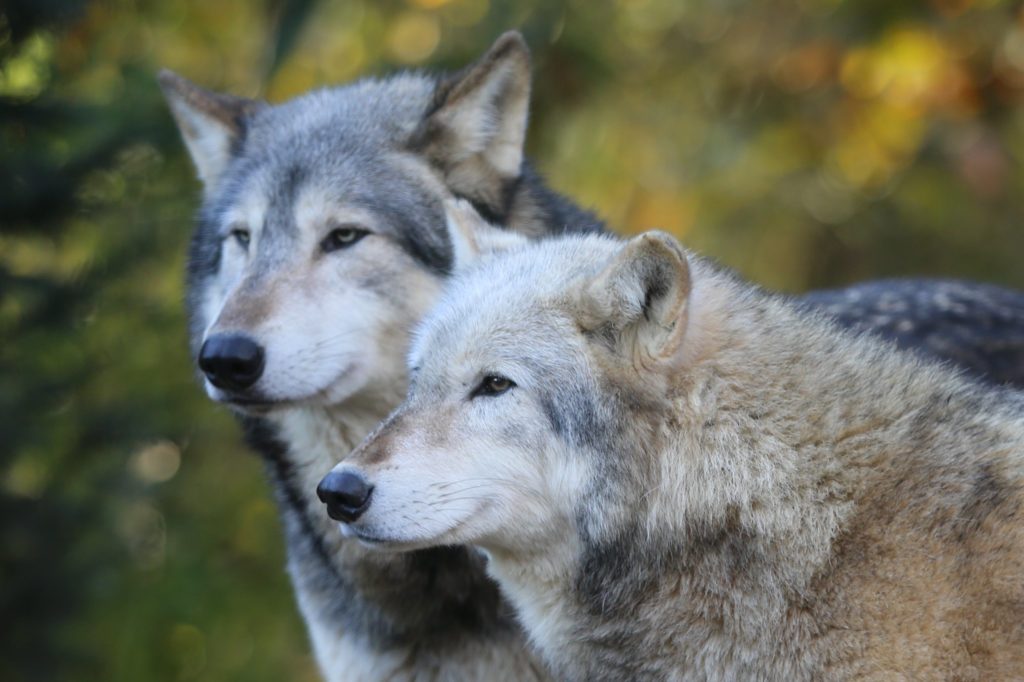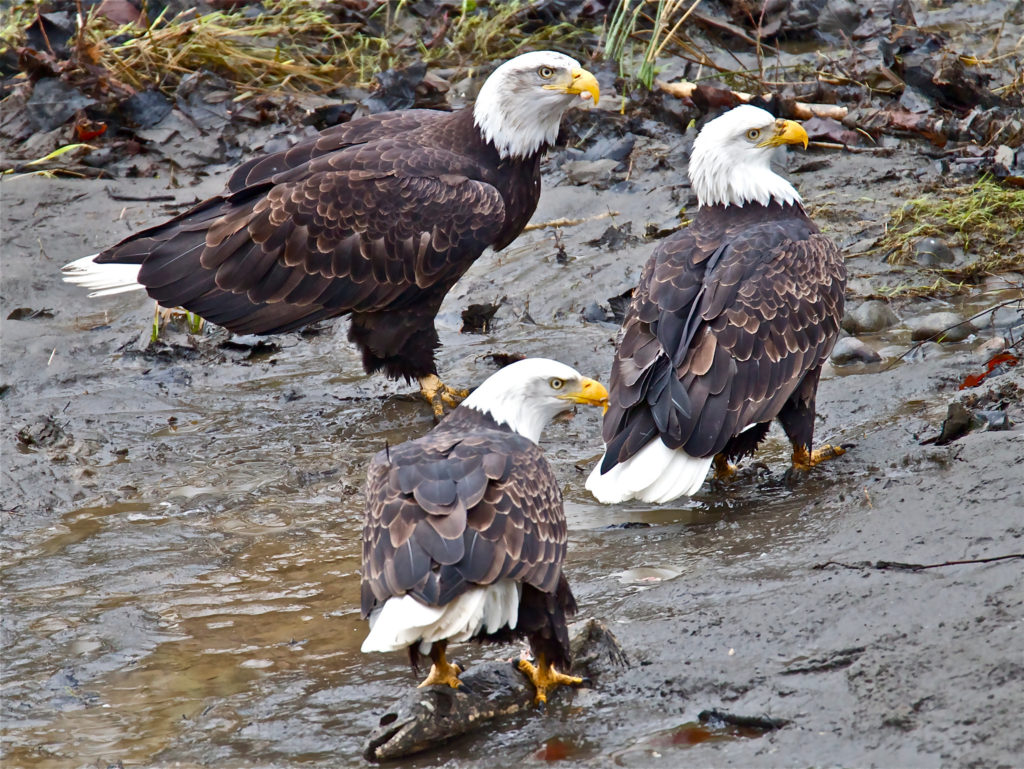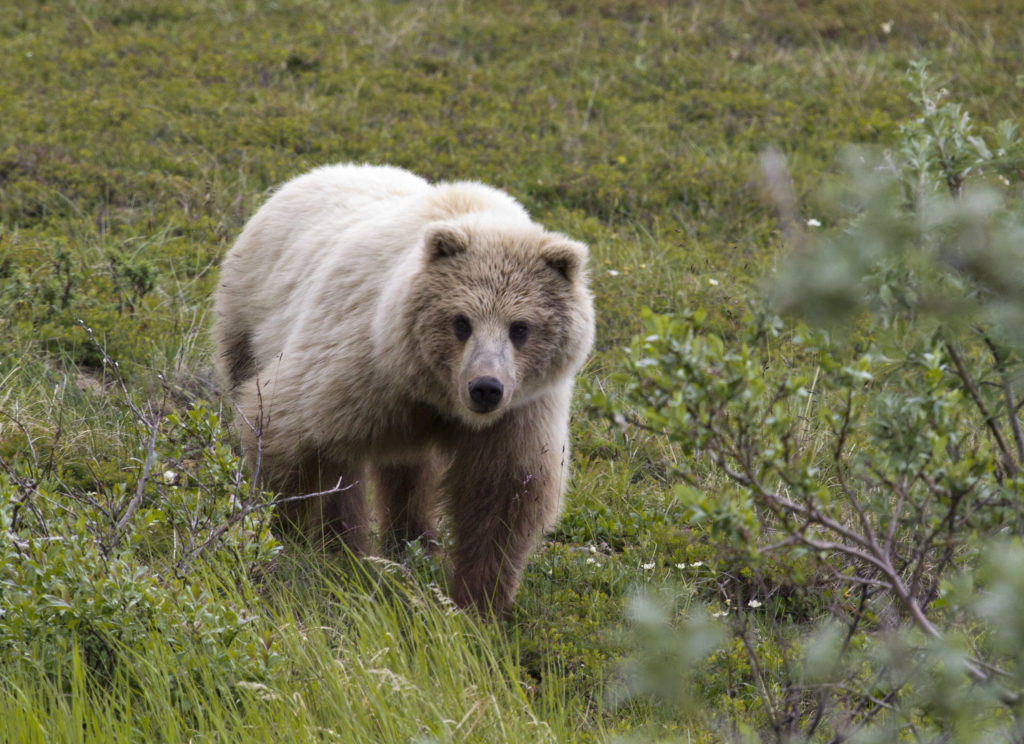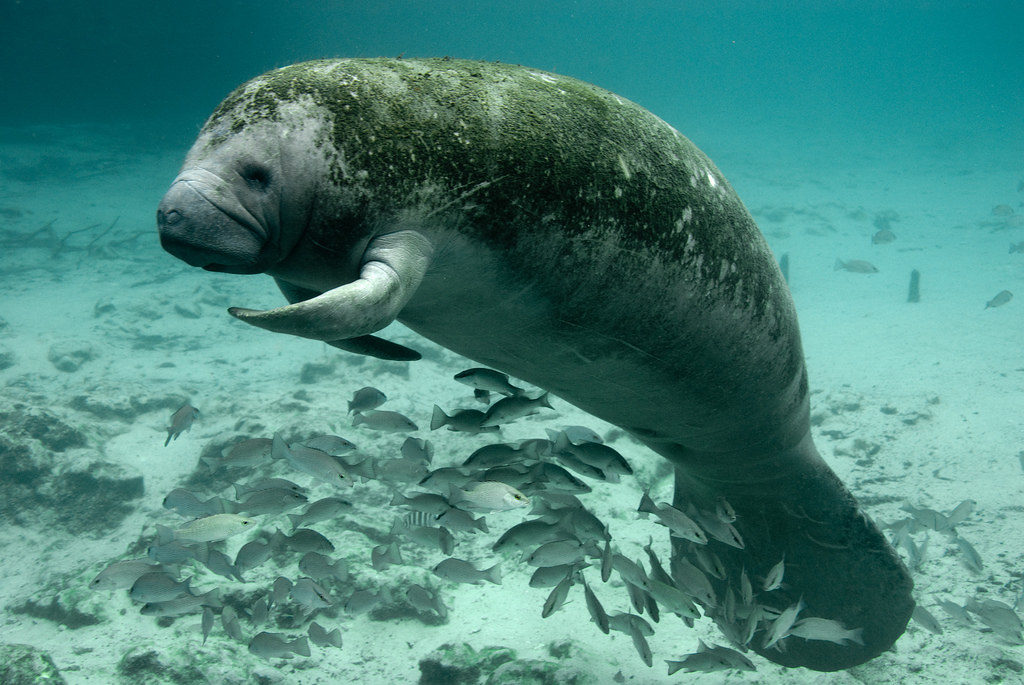Recognizing that extinction is irreversible, the United States did in 1973 what no country had done before, establishing a commitment to protect and restore the species that are most at risk of extinction.
The Endangered Species Act is one of the most popular and effective environmental laws ever enacted.
In the four decades since the Endangered Species Act became law, 99% of species protected under the Endangered Species Act have not perished.
Yet earlier this month, the Trump administration finalized dramatic rollbacks to the rules that implement the Endangered Species Act, attempting to weaken the critical and popular environmental law that serves as the last safety net for animals and plants facing extinction. The rollbacks further imperil hundreds of species and violate the spirit and purpose of the law itself.
These six species are among the many that have been saved from extinction by the Endangered Species Act:
1. Gray Wolves
Wolves’ incredible comeback to the Northern Rockies is one of our country’s greatest wildlife success stories. Yet their future is now under threat. The U.S. Department of the Interior, under newly confirmed Secretary David Bernhardt, a former oil and gas lobbyist, is finalizing plans to take away federal protections from nearly all gray wolves across the continental United States.

2. Bald Eagles
An Endangered Species Act success story, our national symbol today numbers around 10,000 pairs in the United States, recovered from a low of 417 known nesting pairs in 1963.

Protections granted by the Endangered Species Act, including safeguards for prime eagle habitat and work to bring the birds back to areas where they had disappeared as well as the eventual nationwide banning of DDT, were successful in turning the tide for the species. Read Earthjustice’s statement from 2005 on the species’ recovery.
3. Grizzly Bears
Earthjustice has worked for decades to safeguard grizzlies in the Greater Yellowstone ecosystem, winning key court cases in 2011 and in 2018. The most recent court ruling spared grizzlies from a planned trophy hunt and reinstated protections that the administration had illegally taken away.

4. Killer Whales (Southern Resident)
Known to frequent the waters of Puget Sound, southern resident killer whales are starving. The critically endangered population reached a 34-year low in 2018 — 75 individuals — a problem exacerbated by the fact that no calves born in the previous three years have survived. Earthjustice legal work secured Endangered Species Act protections for the orcas in 2005. And we’ve worked for decades to restore the orcas’ primary food source — wild salmon.

5. Florida Manatees
After losing their endangered status in 2018, their population fell by record numbers as sewage, manure, and fertilizer runoff continue to choke their habitat with toxic algae. Earthjustice has worked for years both on behalf of the species and to curb the algae outbreaks.

6. Whooping Cranes
Earthjustice is challenging in court the use of the highly toxic pesticide Enlist Duo — a combination of glyphosate and 2,4-D — that these rare cranes are likely to consume on their migration path.

The endangered species act is wildly popular among American voters.
According to a national poll conducted in 2015, 90% of American voters support the act — impressive results in an era of partisan strife.
Scientists believe we are currently undergoing the sixth mass wave of extinction ever to impact our planet. Stemming from human activity, this loss of biodiversity is occurring at an unprecedented pace. Many species — no one knows how many — are disappearing even before they are discovered. That’s why the Endangered Species Act is urgently needed.
Scientists estimated that without the act, at least 227 additional species would have gone extinct between 1973 and 2005.
As important, the act has protected millions of acres of forests, beaches, and wetlands — those species’ essential habitats — from degradation. Thanks to this legal safety net, today’s children are able to experience the wonder of rare wild creatures as living, breathing parts of our natural heritage, not as dusty museum specimens.
Now the Endangered Species Act is under political attack.
Featured image: grizzly bear cubs. These bears are under threat of extinction without the protection of the Endangered Species Act. Image credit Mick Thompson, CC BY-SA 3.0.





